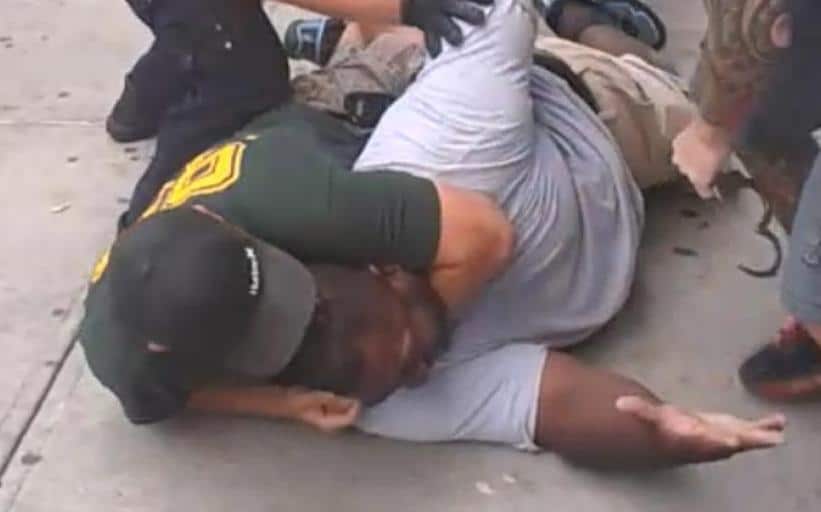Following the death of Staten Island father Eric Garner and the lack of an indictment against the New York police officer who placed him in a chokehold, there was widespread doubt that video evidence would be effective in the push for justice.
The Black community wasn’t sure if police body cameras would bring about change and families were still worried that one day it would be their own loved one on camera uttering that they couldn’t breathe and their killer would still be a free man.
But is video evidence useless in the fight against police brutality or is there just a need for a better way to collect, store and verify the video evidence?
According to Peter Gabriel, an activist and co-founder of the human rights organization WITNESS, video evidence still has a shot at protecting citizens from abusive police officers.
“We live in an age of video,” Gabriel wrote on Wired. “As more and more of our lives are being filmed, we are amassing massive catalogs of potential evidence. Yet so little of this is finding its way into our political, legal or justice system.”
Instead of shedding a spotlight on video evidence, prosecutors are still focusing on unreliable eyewitnesses and conflicting reports.
This is opening the door for “unreliable” and “re-imagined” stories to come in the way of justice.
Gabriel believes that a few changes to the way we deal with video evidence could really make a difference in the court of law.
“Technology already exists that can aid us in proving a piece of video is authentic (hasn’t been tampered with, manipulated or edited in any way) or even prove the unique ‘signature’ of the person who filmed it,” he explained. “If that is possible, why would a prosecutor need to present evidence to a grand jury to ask for an indictment where technology has presented irrefutable, visual evidence of a possible crime?”
Prosecutors have been at the center of the discussion when it comes to the lack of indictments against police officers who have killed unarmed Black men.
Prosecutors often share close relationships with police officers and present cases in a way that will better the officer’s chances of getting off.
By incorporating reliable, verified video evidence in the courtrooms, however, Gabriel argues that prosecutors won’t be necessary in cases where a verified video shows clear police brutality.
The jurors would be shown a “proof mode” video that would allow journalists, investigators and other audiences to make sure the video is “authentic.”
“The proof mode would be accessed through a specific app, an option on a device or a media-sharing platform such as YouTube,” he added. “It would incorporate and preserve important metadata such as the location and time and date of a video file’s creation. This additional information would ensure a file’s integrity.”
In addition to making such videos easier to locate, Gabriel believes it will give more weight to video evidence and help create a “cohesive story of an incident” rather than the often unclear, contradicting stories that many grand juries are presented.
Of course, with cases like Eric Garner, Gabriel understands video evidence still won’t be foolproof.
“People old enough to remember will recall that the video of the Rodney King beating failed to convince a jury of any guilt of the LAPD officers involved in the ensuing criminal case,” he said, but he believes this isn’t a sign that video evidence doesn’t work.
Instead, he said it’s a sign that issues like police brutality are deeper than conflicting eyewitness reports.
“This is not a failure of video, but a reminder that for issues like police brutality, which have deep systemic roots, and touch inbuilt prejudices, the struggle to end it will not come quickly,” he said.
Video evidence certainly won’t bring justice on its own, but, according to Gabriel, it will be able to empower “billions of potential witnesses” and make it impossible for the system to “ignore the foundation of real justice.”


